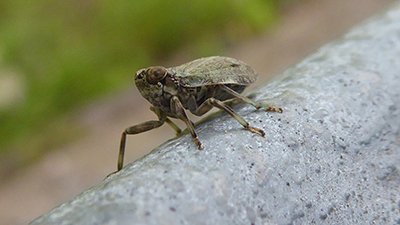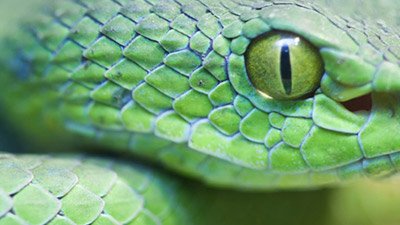Three Design Stories
Design stories, times three.
a. BBC News: “Humpback Whales form Friendships that Last Years”
“Friends Are Friends Forever”—humpback whales’ favorite song, perhaps?
Researchers who have tracked the movements of various types of baleen whales for decades have learned that some humpback whales form lasting bonds with one another and reunite repeatedly as years go by. This is despite the fact that they spend most of the year apart migrating and breeding, and despite the vastness of the ocean that comes to separate them.
In particular, the bonds the scientists observed occurred between female humpbacks of similar age. Each summer, they reunited to feed and swim together in Canada’s Gulf of St. Lawrence. The team also discovered that the females with the most stable and longest-lasting friendships gave birth to the most calves over the years. But how the whales find each other remains a mystery. “It’s an excellent question and I would like to know the answer. Where do they meet, and how do they recognise each other?” asked one of the scientists, Christian Ramp of the Mingan Island Cetacean Study. “I was expecting stable associations within one season, not beyond.”
We’ve reported on whale intelligence before, and this story seems to be another indication that whales are among the brightest animals on Earth. While the scientists chalk the whales’ friendships and recognition capabilities up to evolution, to us such friendships among non-humans are an example of God’s creative design.
b. ScienceDaily: “Self-Healing Air Mattresses Based on Plant Wound Healing?”
What do air mattresses have to do with young-earth creation? Enough to earn them a mention in News to Note, it would seem!
Researchers from the University of Freiburg and Competence Network Biomimetics have successfully imitated one plant’s incredible ability to heal its own membranes. Modeled on the woody climbing plant liana, the team’s “bionic coating” sealing foam can quickly repair holes in structures that contain pressurized gas, such as tires or air mattresses. A company working in conjunction with the team hopes to use the foam for other industrial uses, perhaps even on bridges.
Every time researchers take a cue from nature in engineering new human technologies, they are indirectly acknowledging the ingenuity of the Creator. As we’ve discussed before, the life-forms around us contain systems far more sophisticated than any designed by humans. If that’s not a testament to intelligent design, what is?
c. ScienceNOW: “Crocodiles Know How to Ride the Tides”
If you’re looking to take an ocean voyage but can’t find a human navigator for hire, perhaps a crocodilian would serve just as well.
Crocodiles are spread throughout Southeast Asia, the East Indies, and Australia, and despite their tendency to occupy rivers and bays, they have been spotted in the open ocean and have been tracked covering 250 miles (400 km) in just a few weeks’ time. Now, a study led by University of Queensland zoologist Hamish Campbell has uncovered more about how the creatures accomplish the feat.
The researchers employed the use of an acoustic tracking system in a Queensland river, along with ultrasonic transmitters fitted on 27 crocodiles. After collecting data for a year, the researchers came to a surprising conclusion: the subset of crocodiles that headed out to sea and back made wise use of the river’s current to help them reach their goal. Specifically, the crocs only swam when the tide flowed in their direction of travel, and otherwise sojourned on land or sank to the bottom to avoid the current’s effect.
“This study shows [the crocodiles] possess a detailed understanding of their local environment and current systems,” Campbell explained. Although the scientists don’t yet understand how the crocs know when the currents or tides are going in the “right” direction relative to their destination, they suspect crocodiles may have the ability to sense the planet’s magnetic field, as some other creatures do (birds, most famously). While evolutionists have no choice but to conclude such an incredible ability was the result of chance mutations, we see divine design as a (much) more reasonable explanation. For that reason, news of Campbell’s study earns a place in our series of design stories this week.
Further Reading
- Get Answers: Design Features
For More Information: Get Answers
Remember, if you see a news story that might merit some attention, let us know about it! (Note: if the story originates from the Associated Press, FOX News, MSNBC, the New York Times, or another major national media outlet, we will most likely have already heard about it.) And thanks to all of our readers who have submitted great news tips to us. If you didn’t catch all the latest News to Know, why not take a look to see what you’ve missed?
(Please note that links will take you directly to the source. Answers in Genesis is not responsible for content on the websites to which we refer. For more information, please see our Privacy Policy.)
Recommended Resources

Answers in Genesis is an apologetics ministry, dedicated to helping Christians defend their faith and proclaim the good news of Jesus Christ.
- Customer Service 800.778.3390
- © 2024 Answers in Genesis








